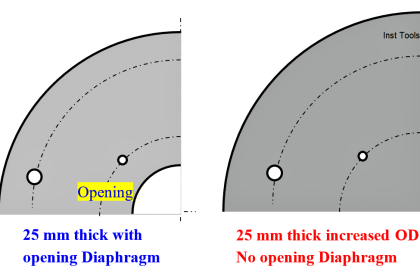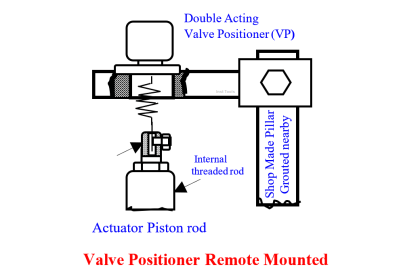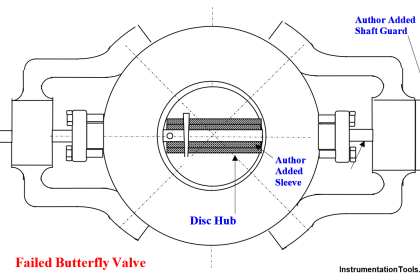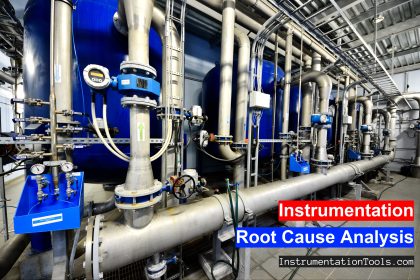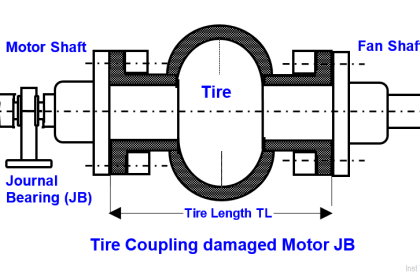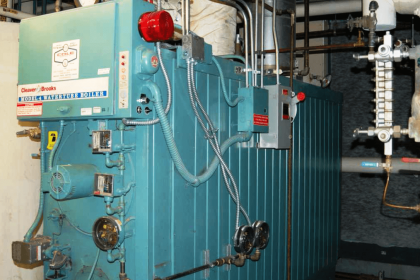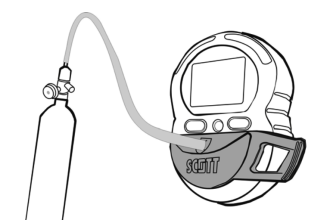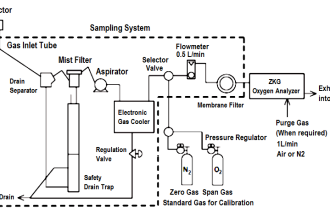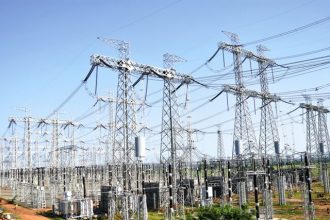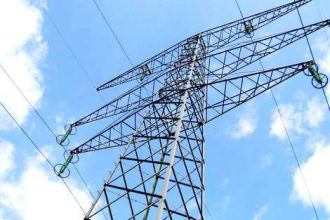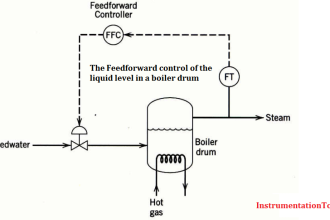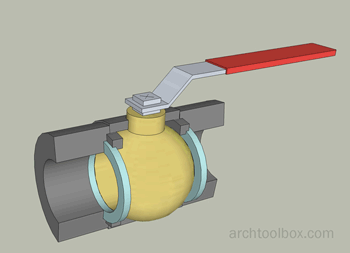Root Cause Analysis (RCA): NH3 Storage tanks 12 T/d ammonia gas venting issue and financially cripples a fertilizer plant besides attracting pollution authorities’ factory closure threat.
| Article Type: | Root Cause Analysis (RCA) |
| Category: | Mechanical |
| Equipment Type: | Miscellaneous Rotating Machine Problems |
| Author: | S. Raghava Chari |
Note: This root cause analysis (RCA) is from real-time scenarios that happened in industries during the tenure of two or three decades ago. These articles will help you to improve your troubleshooting skills and knowledge.
NH3 Storage Tanks Ammonia Gas Venting Problem
Tanks’ pressure controller constantly vented ≈ 12 t/d of NH3, to hold the tank top vapor space pressure at 300-mm WC due to poor availability of NH3 refrigeration compressors.
RCA Queries & Answers
RCA queries and answers follow:
Q- Explain liquid NH3 storage
A-Storing liquid ammonia at -28o C at atmospheric pressure in cylindrical tanks is the most economical bulk storage method. Around 500 Kg/H NH3 evaporates from the state-of-the-art insulated 20-m tall 5000 T storage tank.
A refrigeration system draws, compresses, liquefies, and puts the liquid NH3 into the tank. The provided refrigeration system compressors’ availabilities were < 20%.
Hence, the tank pressure controller vents the gas to hold the tank pressure below the permitted 300 mm WC; hence, the plant suffered 12 T/day ammonia losses.
The author found the compressors so poorly built that improving was impossible. He recalled an ad on a screw-compressor package refrigeration system. Users’ feedback was exemplary. He ordered one package.
Final solution
Plant crew bolted the rush ordered and 4‑months hence received package skid less motor on the pre-readied foundation,
Reasons for less motor order were:
- A surplus 450 KW, 3000 RPM 3.3 KV motor was available in the warehouse
- US standard 60 Hz motors run too hot with India 50 Hz power supply
- Insisting on a 50-Hz motor would delay the delivery by 3 months
- In addition, even 50 HZ labeled US motors often run too hot in India
Preparations & Package Commissioning
- The plant crew readied the foundation based on the vendors package footprint drawing and loads detail.
- Fortunately, 2-spare breakers were available in the 3.3 KV load center. The electrical crew laid the breaker to foundation cable and readied the motor protection system
Mech crew bolted the package on the foundation within 6-hours of receipt. In addition, they bolted the 450 HP motor, aligned it, and coupled it to the package screw compressor.
The electrical crew dressed and connected the already laid cable to the motor.
The instrument crew connected the air supply to the package pressure controller, its output to the throughput control slide valve, and tuned the controller.
The package hummed within 20 hours of arrival. For the first time in ten years fully closed tank vent valve cheered everyone! The ten yearlong ammonia vapor venting ceased forever! The package was indeed a ‘fit and forget system.
Author: S. Raghava Chari
Do you face any similar issues? Share with us through the below comments section.
If you liked this article, then please subscribe to our YouTube Channel for Instrumentation, Electrical, PLC, and SCADA video tutorials.
You can also follow us on Facebook and Twitter to receive daily updates.
Read Next:
- Turbo-Compressor Problem
- Compressor Anti-Surge Control
- Process Air Compressor Overhauls
- NH3 Plant Turbo-compressor Problem
- Failing Plant Air Compressor Drives
